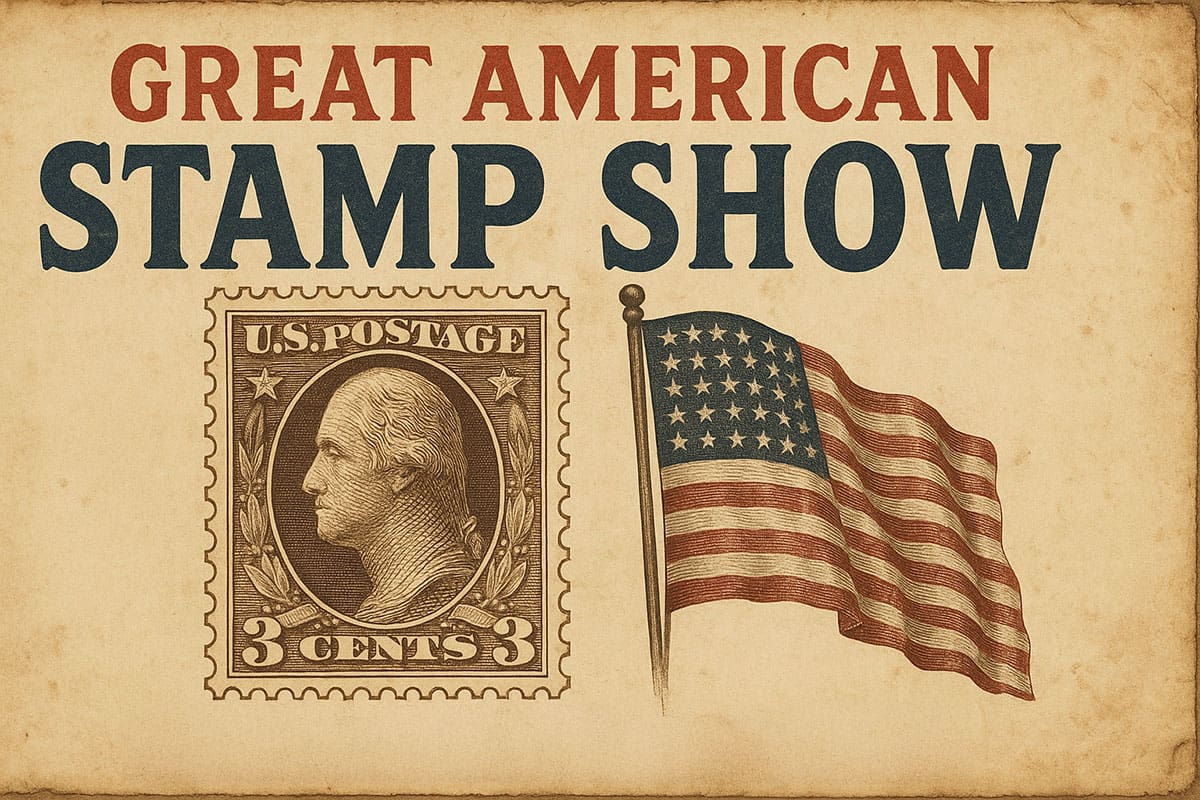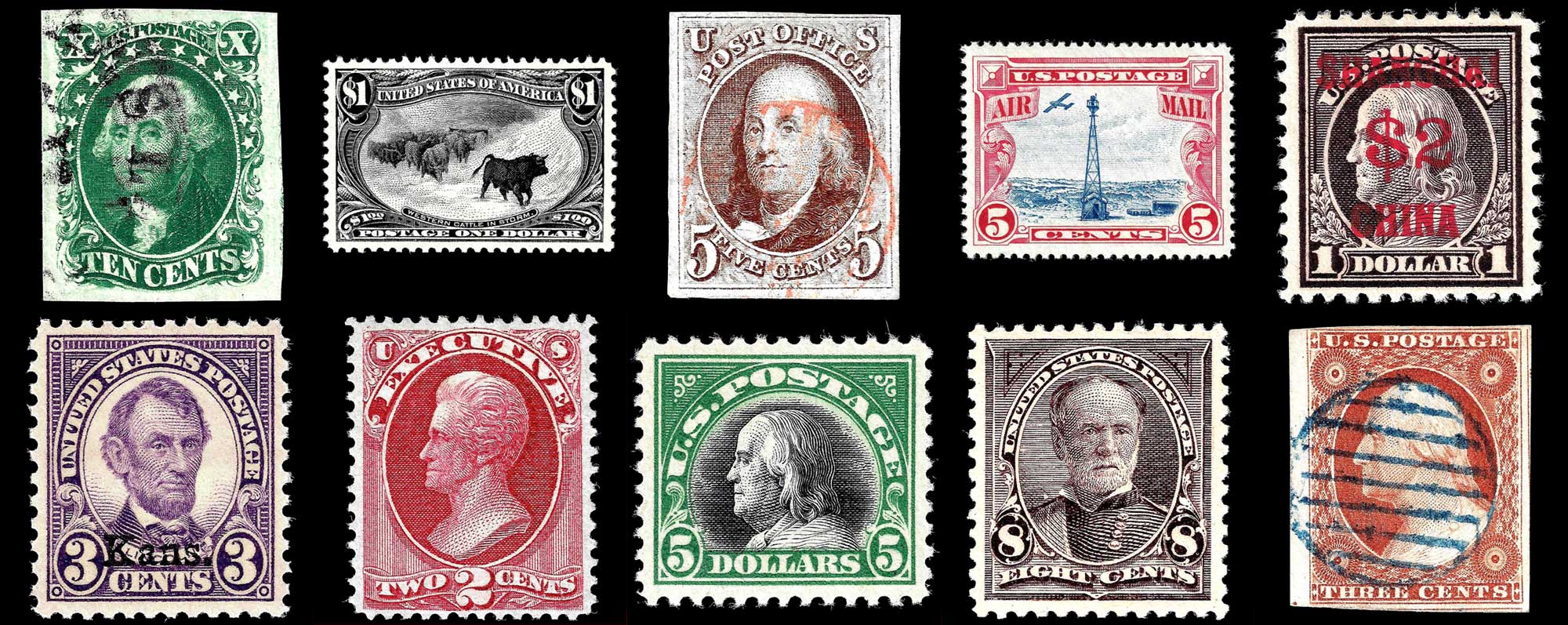Scott #27, a distinctive stamp in the United States postal series, mirrors the design of Scott #12 but stands out with its unique brick red color and perforated edges. This stamp is a testament to the advancements in postal history, particularly in stamp design and functionality.
Design & Print
The Type I design of Scott #27 is characterized by its complete frame lines protruding on all four sides, distinguishing it from the Type II design which has frame lines only on the sides. The stamp features an image of Thomas Jefferson, with the top label reading “U.S. Postage” and the bottom label reading “Five Cents.” The brick red shade of Scott #27 is instantly recognizable and differs significantly from the other 1857 5¢ shades. There is speculation that this particular shade was an attempt to recreate the 1851 5¢ red brown shade. Although it resembles some of the 1851 5¢ shades, it does not match the red brown shade exactly, leading to the assumption that the brick red shade was used after other shades had depleted.
Postal Usage
Scott #27, as a five-cent stamp, played a crucial role in the mid-19th century postal system. Its denomination was suitable for mail requiring a higher postage value. The introduction of perforation in stamps like Scott #27 marked a significant advancement in postal history. Perforations made stamps easier to separate, improving the efficiency of mail processing and enhancing user convenience.
Identification
Identifying Scott #27 involves noting its distinct brick red color and the Type I design with protruding frame lines on all sides. The presence of perforations further differentiates it from earlier issues. The unique color and design features of Scott #27 make it a notable and valuable stamp for collectors and philatelists, providing insight into the evolution of stamp production and usage during this period.
Scott #27 is a significant piece in U.S. postal history, marked by its unique color, perforated edges, and Type I design. Its role in the postal system, coupled with its distinct characteristics, highlights its importance in the narrative of American philately. Understanding the nuances of Scott #27’s design, postal usage, and identification offers a comprehensive view of its place in the rich tapestry of American postal history and collection.


















































Ask A Question Or Leave A Comment